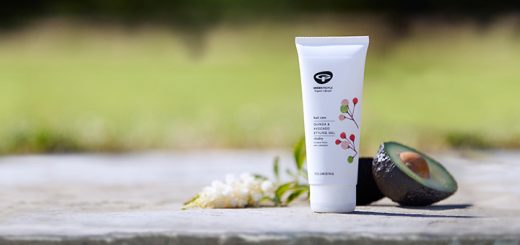
How to understand sunscreen…
It’s incredibly important to make sure that you look after your skin especially when it comes to the sun as we need to protect ourselves from the sun’s powerful UV rays through methods such as applying sunscreen.
However, it can be hard to understand what kind of sunscreen is best for you. Today sunscreen can come in many different forms such as lotions, sprays, sticks and mists. The most important aspect to understand is the concept of Sun Protection Factors (SPFs) and the difference between chemical and mineral sunscreen.
SPF
The SPF number on sun protection creams and lotions indicates how long the sun’s UV radiation would take to redden your skin compared to the amount of time it would take if you were wearing no sunscreen at all. For example, a SPF 30 sunscreen means it will take 30 times longer to burn compared to if you weren’t wearing sunscreen.
There are two types of UV rays to protect yourself from:
- UVB Rays (Ultraviolet B radiation): these rays are what cause sunburn and play a key role in developing skin cancer. The SPF number labelled mainly refers to the amount of UVB protection it provides.
- UVA Rays (Ultraviolet A radiation): these are the rays that will contribute to skin damage that leads to tanning, skin ageing and wrinkles.
It is important when purchasing sunscreen to look for the words ‘broad spectrum’ (or words to that effect) somewhere on the label as this indicates that you will be protected from both types of rays as opposed to one.
However, it is important to not let SPFs lure you into a false sense of security. It is vital that you continue to reapply sunscreen when using it and cover up where possible in order to protect your skin.
Mineral Sunscreens
Mineral sunscreens use minerals as its active ingredients. The two main ingredients of mineral sunscreens are zinc oxide and titanium oxide which work to deflect the sun’s harmful UV rays. The active ingredients are small particles that sit on the skin’s surface and prevent UV rays from penetrating the skin. Mineral is also known to still be effective when applied on top of other skin-care products. Mineral sunscreens are often referred to as physical sunscreens.
Mineral sunscreens have several pros such as:
- Zinc oxide and titanium oxide are the only ingredients that are recognised as safe and effective by the FDA (US Food and Drug Administration).
- Mineral sunscreens can be ideal for children along with people who suffer from sensitive skin and even melasma.
- As soon as mineral sunscreen is applied it offers immediate protection.
- Its consistency and colour make it easy to see where the sunscreen has been applied.
Some of the cons of mineral sunscreen are often said to be:
- As these products tend to sit on the skin more, they can contribute to breakouts especially in those that are prone to skin conditions such as acne or oily skin.
- Mineral sunscreens are harder to apply as they tend to leave a white film on the skin.
Chemical Sunscreens
Chemical sunscreens allow UV light into the skin. The chemicals used in the sunscreen (which includes oxybenzone, avobenzone and octisalate) contain active skin filters that penetrate the skin and absorb UV rays to prevent them from causing damage.
The pros of chemical sunscreens include:
- It tends to be quick and easy to apply
- Unlike mineral, it does not leave a white film on the skin.
- Chemical sunscreens have been shown to perform better in consumer tests that look at how long protection lasts.
- Tend to have a broader spectrum of protection.
The cons of chemical sunscreens are:
- There is a possibility that they may cause skin reactions in people with sensitive skin and perhaps worsen melasma and rosacea.
- Harder to see where the product has been applied.
It is generally recommended to aim to get sunscreens with a SPF of 30 or higher. Additionally, an easy way to identify the difference between chemical and mineral sunscreen is by checking the packaging and consistency. Chemical sunscreens tend to be less thick in consistency and mineral sunscreens will list zinc oxide/titanium oxide in its ingredients.
There is no clear answer to which is better; chemical or mineral. It is mainly based on personal preference and the type of skin that you have. As mentioned above, it is recommended to purchase sunscreen with a SPF of 30 or higher.
We stock a wide range of brands that sell a variety of natural, organic and kind-to-skin sun creams and lotions such as Jason, Organii, Lavera, Green People and Shade.



